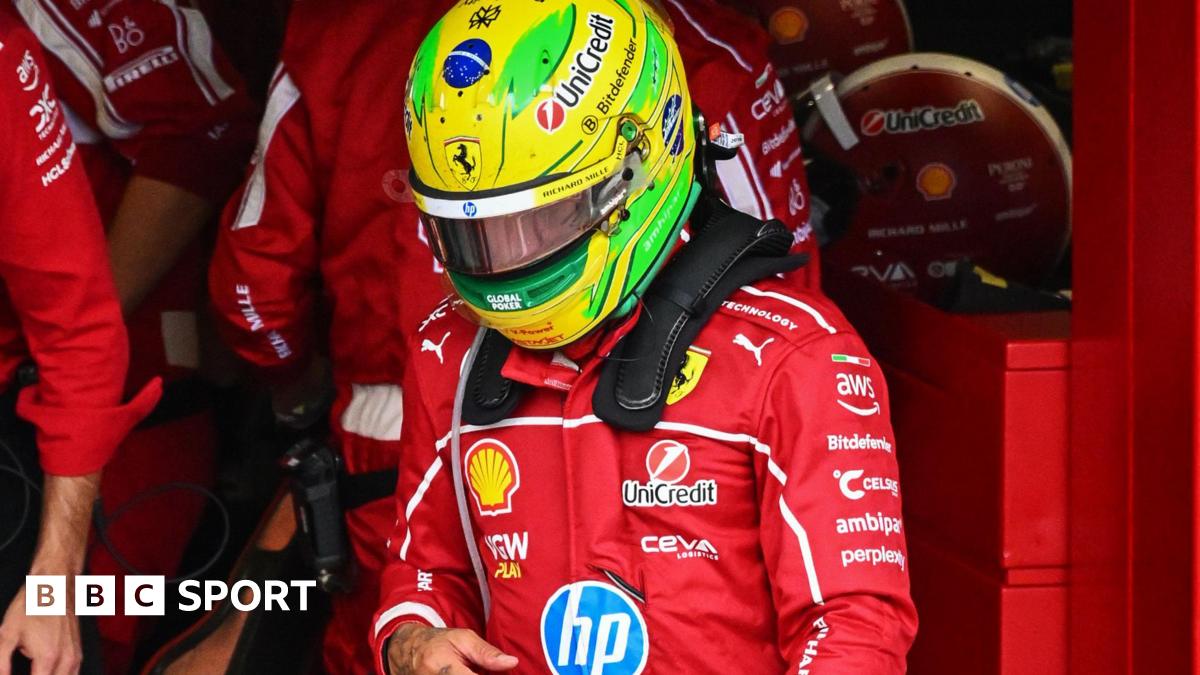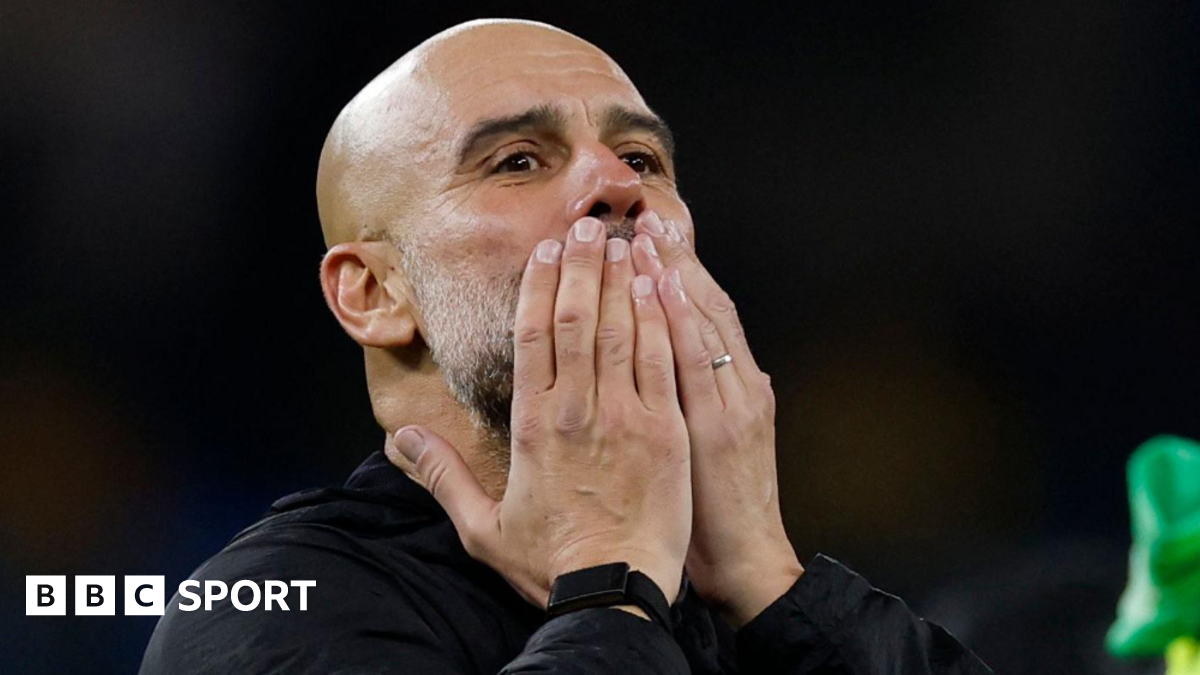Liverpool may have been on the end of a 3-0 defeat at Manchester City, but did a pivotal moment dramatically alter the course of the game?
The Premier League champions were 1-0 down at the time following Erling Haaland's opener just before the half-hour mark.
However, the Reds thought they had equalised in the 38th minute when captain Virgil van Dijk headed home.
The Netherlands centre-back escaped the attentions of Matheus Nunes and met Mohamed Salah's inswinging corner just outside the six-yard box.
Van Dijk planted a powerful header beyond the dive of City goalkeeper Gianluigi Donnarumma and ran off in celebration.
However, the assistant referee then decided to raise his flag and a check by the video assistant referee (VAR) determined that Liverpool defender Andy Robertson interfered with play from an offside position and it was disallowed.
Robertson had his back to goal just in front of the line, behind Jeremy Doku, and ducked out of the way of Van Dijk's header.
Liverpool manager Arne Slot told Sky Sports it was "obvious and clear that the wrong decision has been made" to disallow the goal.
"He didn't interfere at all with what the goalkeeper could do. Immediately after the game someone showed me the goal that the same referee allowed - City against Wolves last season," he said.
"So it took the linesman 13 seconds to raise his flag to say it was offside. So there was clearly communication, but as I said that [goal] could have influenced the game in a positive way for us."
Van Dijk said that "the officials are deciding the key decisions" and there was "no point discussing this from my point of view".
He added: "It doesn't matter what I say [about the goal] because anything I say will be in the media and the whole international break will be about my comment on the decision."
So was it the correct call?
Offside is covered by law 11 of the IFAB Laws of the Game 2025-26., external
The graphic below clarifies the law and the Premier League's match centre on X made specific reference to the incident.
"The referee's call of offside and no goal to Liverpool was checked and confirmed by VAR - with Robertson in an offside position and deemed to be making an obvious action directly in front of the goalkeeper," it said.
The decision to disallow Van Dijk's goal provoked debate among pundits.
Former Liverpool midfielder Danny Murphy said the goal "should stand" because Robertson was "not in Donnarumma's line of vision".
Ex-Manchester United defender Gary Neville said during Sky Sports' commentary he was "not sure" if it should have been chalked off because Robertson was "to the left of Donnarumma" and he was "not convinced" the City goalkeeper "is ever getting near that".
Former Aston Villa forward Dion Dublin said "Robertson is in an offside position" but crucially was "not in his [Donnarumma's] eyeline".
"I have seen it two or three times and if anyone could be in his eyeline it would be Jeremy Doku," Dublin added.
Ex-Manchester United striker Wayne Rooney agreed that it should have stood and said: "I don't think Andy Robertson delayed Donnarumma diving. The City keeper can see the ball the whole way so I think that was the wrong decision."
Subjective offside decisions, those where the player does not touch the ball, are always controversial.
They require interpretation about impact from the officials, and that is often not straightforward.
And Chris Kavanagh, who was the referee for Sunday's game, knows all about them.
As Virgil van Dijk's header made its way towards goal, Andrew Robertson ducked to allow the ball to go into the net. The Scotland international was stood offside, and the assistant raised his flag for offside.
This decision was not about line of vision, but "an obvious action which clearly impacts on the ability of an opponent to play the ball".
The offside law does not require a referee to think Manchester City goalkeeper Gianluigi Donnarumma would definitely save it, only that his ability to do so has been affected. It is the ducking motion which is absolutely crucial.
If Donnarumma had not been stood close to Robertson, or if the Scotland international was not in the six-yard area, the case for offside would have been weak.
But there must be an argument that Donnarumma had been impacted. For that reason, as the on-field team gave offside, it was not likely to be overturned through a VAR review.
It is a borderline call, but still supportable as an on-field decision.
A good comparison is a disallowed Everton goal against Manchester United in March 2020. Dominic Calvert-Lewin's shot was deflected towards goal, and an offside Gylfi Sigurdsson, who was sat inside the six-yard box, withdrew his legs to allow the ball through. The referee? Chris Kavanagh.
We can compare it to a goal which was given through VAR last season. John Stones' late winner for Manchester City at Wolves was chalked off on the field for Bernardo Silva being in the line of vision of goalkeeper Jose Sa. But while he was close to Sa he wasn't in front of him and, unlike Robertson, he did not duck out of the path of the ball. The referee? Chris Kavanagh.
We have seen a couple of similar situations this season - a Manchester United goal at Nottingham Forest, and one for Leeds against Bournemouth - where an offside player has made a small movement away from the ball. In those cases it was felt that movement and the positions of the players (they were not inside the six-yard box) was not enough to be impactful on the goalkeeper.

 2 hours ago
1
2 hours ago
1














































